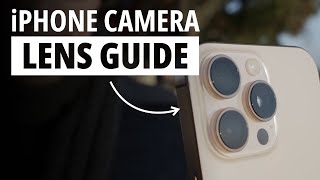Understanding the Power of iPhone Lenses in Photography With the release of new iPhone models, Apple has revolutionized mobile photography, offering multiple lens options on the back of the device. These lenses are not just for zooming in and out; they allow photographers to experiment with perspectives, image compression, and unique compositions. By understanding the purpose and strengths of each lens, you can unlock new creative potential and take photos that stand out. In this guide, we’ll walk you through each lens, their strengths and weaknesses, and how to use them to capture the most compelling images.
Why Lens Choice Matters in iPhone Photography
Most people are familiar with the basics: use a wide-angle lens for general shots, a zoom lens for closer shots, and a telephoto lens for distant subjects. However, what many don’t realize is how drastically the lens choice can affect the perspective and composition of a photo. Each lens provides a unique viewpoint that alters how the world is captured—what looks natural with one lens can appear distorted with another. Understanding this concept will elevate your photography and help you see the world from new angles.
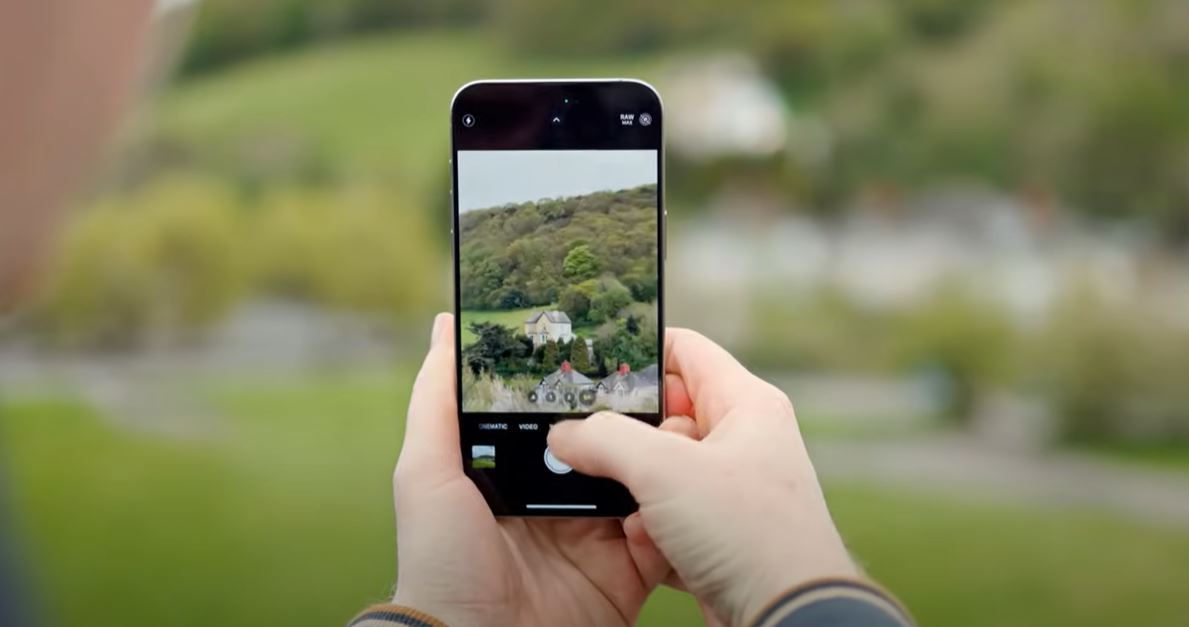
iPhone Camera Lenses: An Overview
In most modern iPhones, you’ll find at least three main lenses:
- Ultra-Wide Lens (0.5x)
- Wide-Angle Lens (1X)
- Telephoto Lens (2x or 5x)
Let’s break down the unique features of each lens and discuss when you should choose each one.
1. Ultra-Wide Lens (0.5x): Embrace Distorted Perspectives
The ultra-wide lens on your iPhone allows you to capture a larger field of view, making it ideal for expansive scenes, architecture, or tight spaces. However, this lens can produce exaggerated perspective effects, such as making the foreground appear larger and the background much smaller.
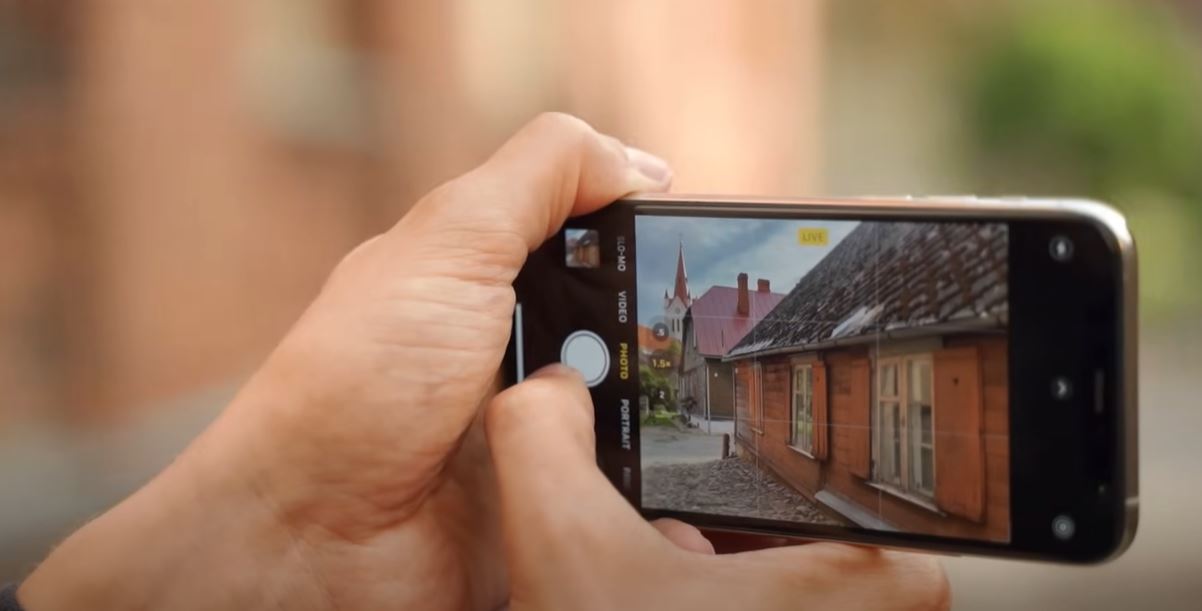
Pros:
- Ideal for expansive scenes: Perfect for landscapes, architecture, or cityscapes where you want to capture as much of the scene as possible.
- Creative perspective: The lens can distort shapes, making for unique and visually striking images.
- Great for close-up shots: When used close to a subject, the ultra-wide lens can dramatically emphasize the foreground, adding a sense of depth.
Cons:
- Distorted faces: The ultra-wide lens isn’t the best for portrait photography, as it can make faces look distorted.
- Cluttered background: It’s easy to unintentionally include distracting elements like trash bins or poles in the frame.
When to Use:
- Capturing large groups of people or expansive landscapes.
- Creating interesting and dramatic perspectives of objects close to the camera.
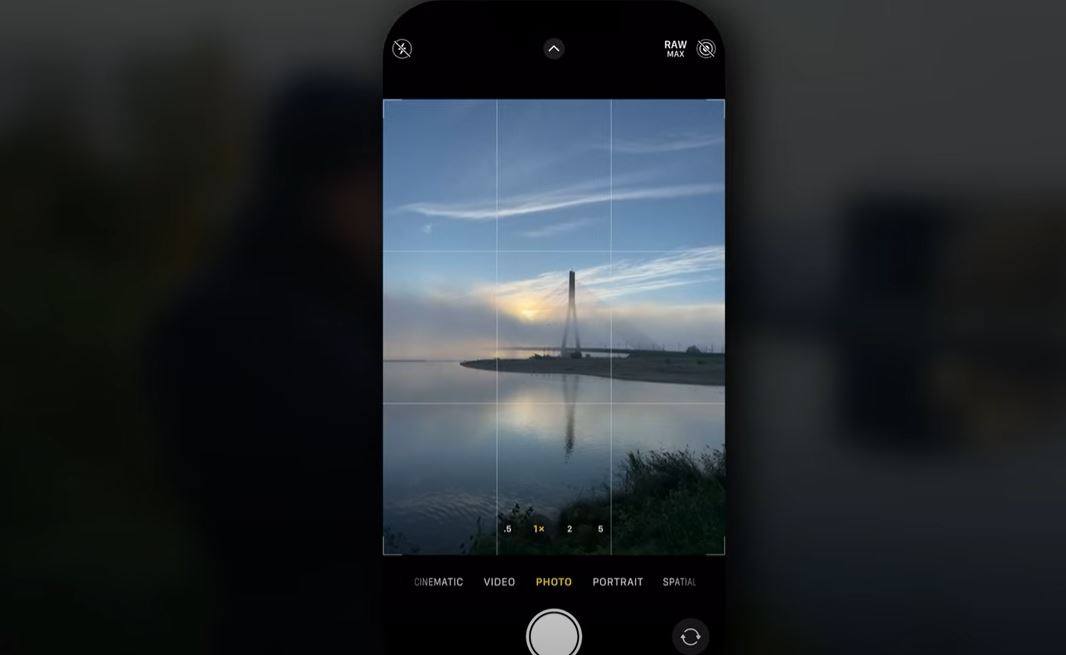
2. Wide-Angle Lens (1X): The Go-To for General Photography
The 1X lens is your standard wide-angle lens. It offers a balanced field of view and works well for a variety of subjects. This lens is often the best choice for achieving a more natural perspective without any extreme distortion.
Pros:
- Great for general use: Perfect for portraits, landscapes, and everyday shots where you need a balanced and realistic perspective.
- Best image quality: Among all the iPhone lenses, the 1X lens provides the sharpest and most detailed images, especially in low light.
Cons:
- Distortion at close range: Like the ultra-wide lens, the 1X lens can still cause slight distortion when used up close, especially for portrait photography.
When to Use:
- Ideal for portraits, landscapes, and general photography.
- Use when you want the best image quality, particularly in low-light conditions.
3. Telephoto Lens (2x or 5x): Bringing Distant Subjects Closer
The telephoto lens offers zooming capabilities that bring faraway subjects into clear focus. Whether you’re photographing wildlife, architectural details, or people in the distance, the telephoto lens compresses the scene, making objects that are far apart appear closer together.
Pros:
- Ideal for portraits: The 2X lens provides a natural perspective for portraiture, allowing you to capture subjects at a comfortable distance without distortion.
- Clean background: A telephoto lens can help isolate subjects from distracting backgrounds, creating clean and focused images.
- Perfect for detailed shots: Use it to capture distant subjects or details, like the intricate design of a building or a bird in flight.
Cons:
- Shaky shots at high zoom: The 5X lens, while powerful, can result in shaky shots if not held steady. A tripod or stabilizer is recommended for best results.
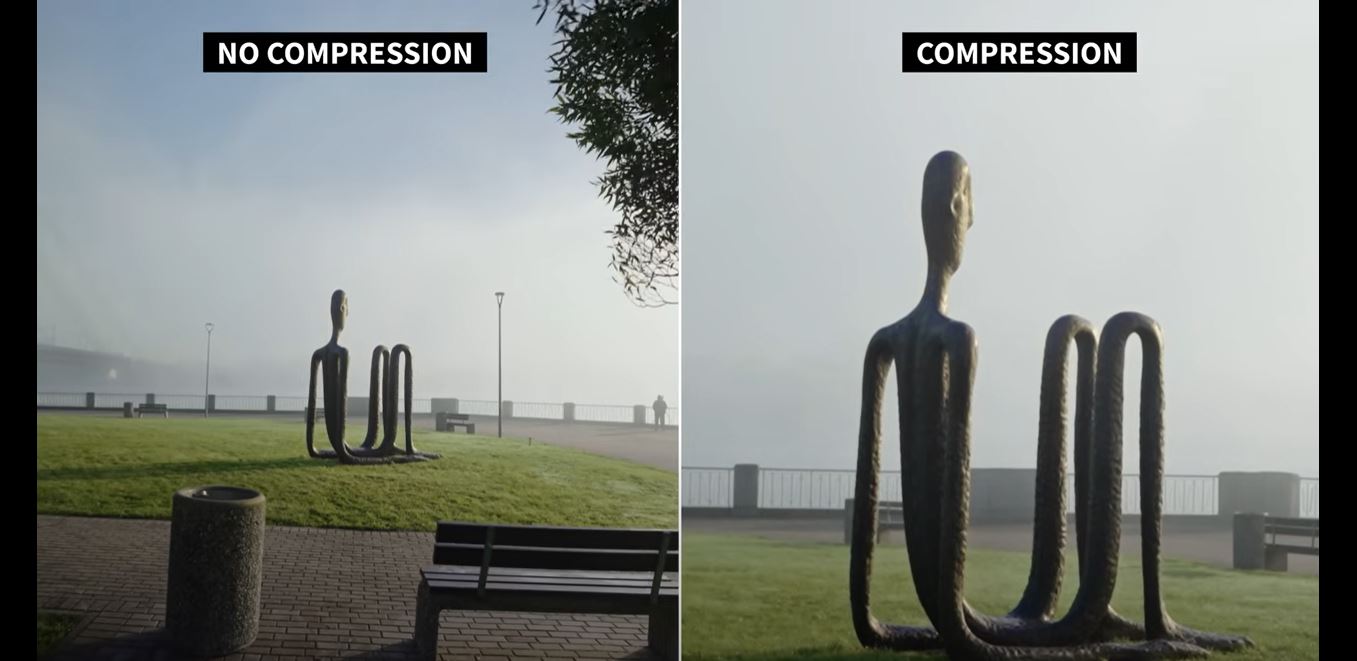
When to Use:
- Portrait photography, especially for headshots.
- Capturing distant subjects like wildlife or details in far-off landscapes.
- Using the 2X lens for natural, undistorted portraits.
How Lens Choice Affects Your Photography: The Power of Perspective
Now that we’ve explored the lens options, let’s delve deeper into how your choice of lens can dramatically alter the perspective of a scene. The concept of compression and distortion plays a major role in this transformation.
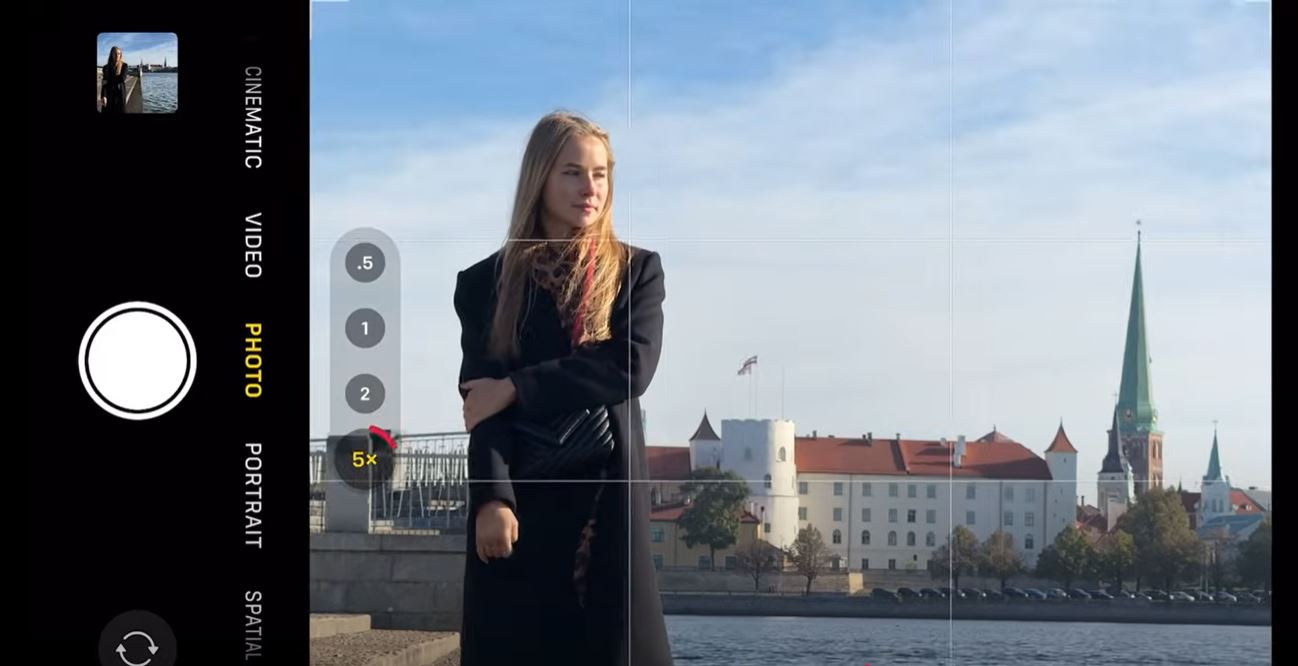
Compression vs. Expansion
- Ultra-Wide (0.5x): Expands the foreground and shrinks the background, creating dramatic and stretched-out perspectives. This is great for emphasizing the foreground or adding creative flair.
- Wide-Angle (1X): Offers a natural perspective with a wider field of view than what the human eye perceives. It’s perfect for capturing balanced scenes without distortion.
- Telephoto (2x/5x): Compresses the scene, making distant objects appear closer together. This lens is great for isolating your subject, creating more intimate shots with a clean, blurred background.

Real-World Applications: Which Lens to Use for Different Situations
Portraits:
While the ultra-wide lens may seem like an exciting option, the 1X or 2X lenses are better suited for portraits. The 1X lens provides natural, realistic proportions, while the 2X telephoto lens allows you to take flattering, sharp portraits without distortion.
Landscapes:
For expansive landscapes, the ultra-wide lens (0.5x) is your best option. It allows you to capture sweeping vistas and grand views. However, if you’re focusing on specific elements like a tree or mountain range, the 1X or 2X lenses may offer more refined shots.

Close-ups & Details:
When you want to zoom in on intricate details like architecture or small objects, the 5X telephoto lens is your go-to. It allows you to capture distant subjects clearly and with striking detail.
Conclusion:
Choosing the right lens for your iPhone photos goes beyond simply zooming in or out. Each lens offers unique ways to express creativity, alter perspectives, and tell a story through your images. Whether you’re capturing a distant landmark, a stunning portrait, or an abstract landscape, understanding how each lens affects the final shot is key to mastering iPhone photography.
By experimenting with different lenses and exploring their potential, you can elevate your photography skills and create images that are visually captivating. So, next time you pull out your iPhone, remember that the lens you choose is your tool for unlocking creative possibilities and capturing the world in ways the human eye might never see.
